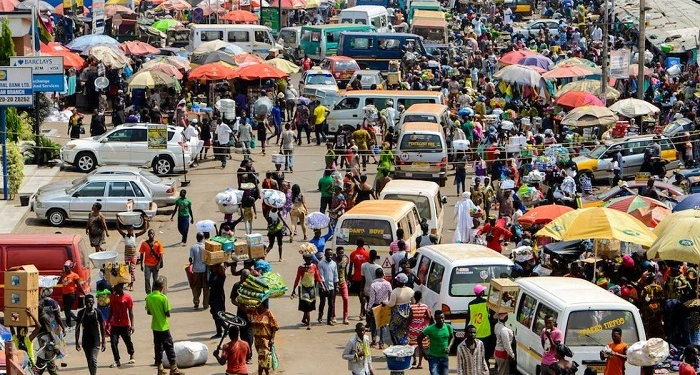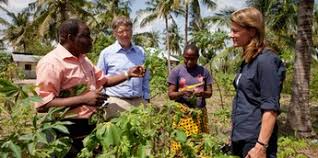Ghana’s Economy to Expand by 4.8% in 2024, 5.1% in 2025 Driven by Strong Private Consumption and Investment – World Bank
Ghana’s economy is projected to expand by 4.8% in 2024, with further growth of 5.1% expected in 2025-2026, according to the World Bank’s October 2024 Africa Pulse Report.
The report cites strong private consumption and capital deepening as key drivers of growth, positioning Ghana alongside other West African nations, excluding Nigeria, which are forecast to record similar economic performance over the same period.
The outlook for the West African Economic and Monetary Union (WAEMU), comprising French-speaking countries, is even more optimistic, with growth set to reach 5.7% in 2024 and accelerate to 6.2% in 2025-2026.
The report attributes WAEMU’s robust performance to sustained expansion in Benin, Côte d’Ivoire, Niger, and Senegal, which have become key engines of regional growth.
Despite the broader regional challenges, the report points to 27 Sub-Saharan African nations where real GDP growth is expected to accelerate in 2024.
Notably, eight countries are on track to exceed 5.0% growth, including Côte d’Ivoire (6.5%), Senegal (6.1%), Uganda (6.0%), and Tanzania (5.4%), reflecting the resilience of certain economies amid the global economic slowdown.
However, growth per capita in Ghana and Guinea is projected to decelerate by more than 2 percentage points between 2022 and 2024, raising concerns about the sustainability of their economic recoveries.
Similarly, the region’s largest economies, Nigeria and South Africa, continue to underperform, with per capita growth languishing below 1.0% per year, despite modest improvements from pre-pandemic levels.
Looking at the longer-term picture, the World Bank notes that nearly 40% of Sub-Saharan African economies have outpaced their pre-pandemic growth rates in real GDP per capita, with Benin, Kenya, Mauritania, Mauritius, Rwanda, and Senegal emerging as top performers.
These countries have achieved annual average per capita growth rates exceeding 3% in the period 2022-2025, underscoring the uneven nature of economic recovery across the continent.







